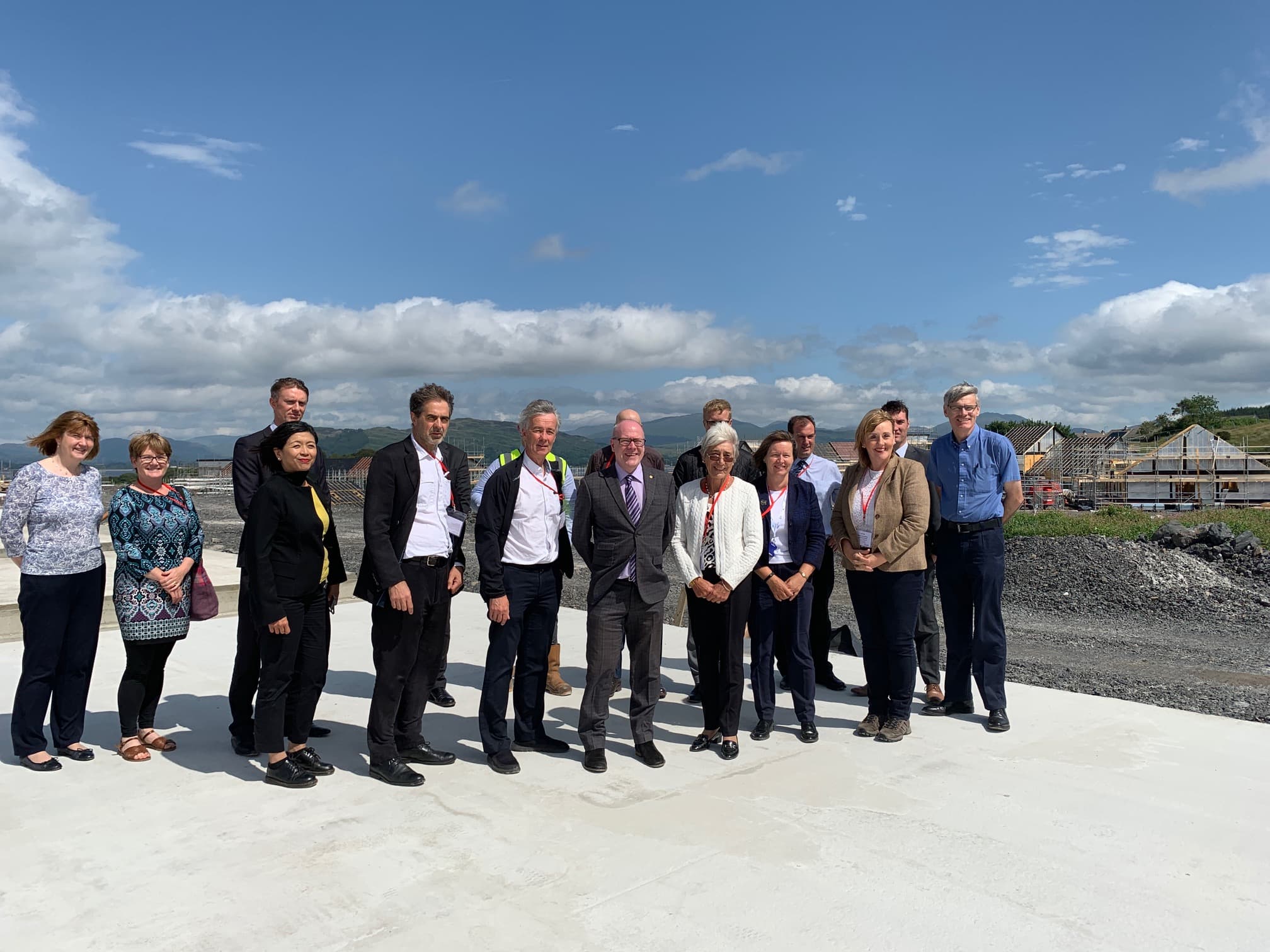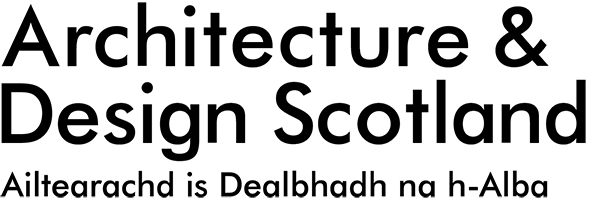Housing to 2040 voices: the architect’s experience | Dunbeg

As part of our work on Housing to 2040, we spoke to five people involved in recent affordable housing projects in Paisley and Dunbeg. Tom Connolly is Director at Elder & Cannon Architects. He talks about coastal environment challenges, integrating the Dunbeg project into existing settlements, and consulting the community. He recommends a more joined-up process within local authorities for housing projects in Scotland.
As architects for phase three, our first task was to understand the physical and cultural characteristics of this unique rural site. We began by working on the masterplan for the site. As part of its evolution, we spent a lot of time studying Dunbeg and other rural communities to develop a unique sense of identity and place.
We examined how we would integrate this new development of 300 homes with the coastal landscape. Our first port of call was building up an experienced team to work with us to understand the history, geology and topography of the site. The team included landscape architects Gillespies, archaeologists and environmental consultants. We also needed to consider the site’s appearance from the existing village of Dunbeg and from the sea: how it sits within the landscape, both visually and technically.
Coastal location
The topography, geology and hydrology of the coastal location presented physical challenges. It is peaty and wet, and with it being an exposed site on the west coast of Scotland, the fluctuations in weather and environmental conditions are considerable. The social challenge of integrating the new housing with the existing community also needed to be considered in the masterplan and the eventual design. This is so it does not end up being an isolated enclave.
Finding ways of weaving it into existing settlements was key. We set out to connect to, and through, this new development from the existing villages of Dunbeg with Ganavan. We also aimed to integrate and subsume the scattered housing of previous phases into a holistic piece. Two tranches of government funding in previous phases had created good homes for people, but they were somewhat isolated.
Through the design evolution, our aim was to create a well-connected woodland settlement integrated with the unique landscape and setting. We use woodland screening with through-routes and pathways to connect within and around it. Though residents will most likely use a car or bus to reach the settlement, they will be able to walk around it easily once there, thanks to pedestrian-friendly streets and pathways. You will also be able to walk from Dunbeg down to the coast through this new community, and cycle all the way to Oban as we have linked with the existing cycle path. This interconnectivity is designed to overcome social isolation and shape a sense of place.
Quality of life
It is not just about the place, but also the individual homes providing quality of life. Our brief was to design well-planned, low-energy social housing on a budget, connected to the place: somewhere people could be proud to call home.
The process has seen community consultation throughout. In the masterplan phase, rather than starting with a blank sheet of paper, we shared our initial understanding of the characteristics of the place. This provided a template for people to add their thoughts. They also had issues to discuss in terms of transport and connectivity.
Consultation has continued into the planning application and construction phases, as the community benefits have become clearer. A local builder is doing the construction, creating employment opportunities for local people onsite. There is engagement with the school around this. A community trust has been set up for the future care and maintenance of the woodland and its potential use in education. We have definitely seen greater interest from the local people now that there is something happening on the ground they can relate to.
From a design perspective, I feel there is a practical lesson to be learned for the Scottish Government and local authorities. If pedestrian-friendly street design and integration are to be encouraged, there should be a more joined-up process within local authorities. We may design great streets, but they are maintained in the future by the roads department. Unfortunately, the process is long and complicated. The roads department really needs to be more integrated with the planning system.
It is not often that the opportunity arises to develop a unique site like this. Hopefully, it will be an example of what can be achieved in terms of place-making in a rural Highlands and Islands location, within the budget restrictions of a publicly-funded housing project.
Headline image credit: Kevin McGlynn
Housing to 2040
In 2019, the Scottish Government looked at what Scotland’s homes and communities should look and feel like in 2040, and the options and choices to get there. We supported the Housing to 2040 consultation with a series of workshops, interviews and a travelling exhibition.
